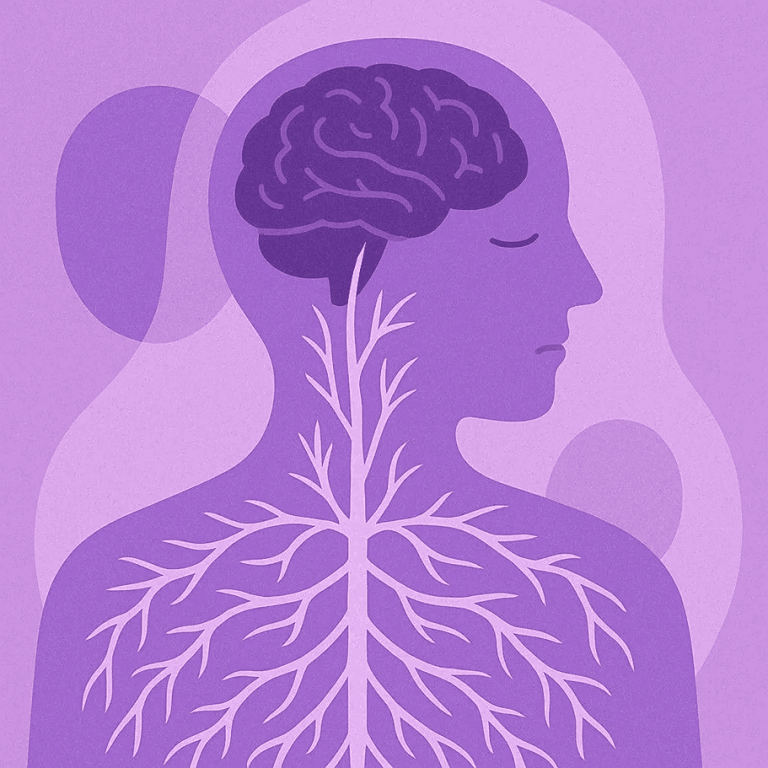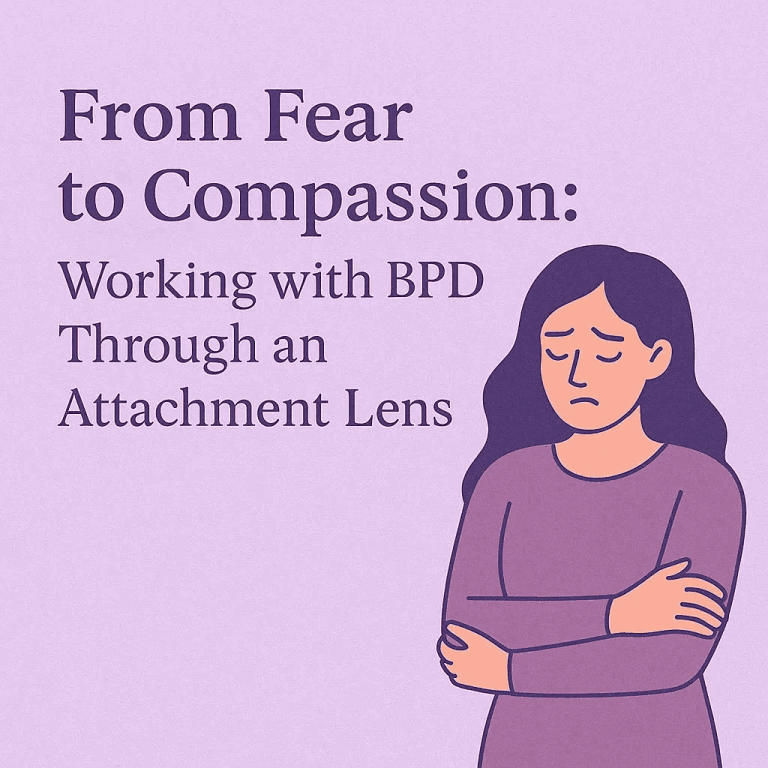Similar Posts

Listening to the Body: Why Attachment-Based Therapy Needs a Somatic Lens
ByJo OxleyWhen connection feels unsafe, the body remembers. In attachment-based therapy, somatic awareness helps us understand nervous system patterns rooted in early trauma. This article explores how integrating body-based work deepens healing for clients with insecure or disorganized attachment

From Fear to Compassion: Working with BPD Through an Attachment Lens
ByJo OxleyBorderline Personality Disorder is often met with fear in clinical spaces—but through the lens of attachment theory, we see not manipulation, but survival. This piece reframes BPD with compassion and grounded therapeutic insight

When Daughters become Mothers – The Attachment Story Behind the Pram
ByJo OxleyWhen Daughters Become Mothers: The Attachment Story Behind the Pram When a daughter becomes a mother, it isn’t just a change in role, it’s a seismic shift in the heart, the mind, and often the sense of self. It’s a chapter where the past, present, and future meet in the smallest of bundles. Recently, I…

Music as an Attachment Figure
ByJo OxleyCan music be more than just background noise? For many, it becomes a lifeline—an emotional surrogate offering containment, regulation, and a sense of presence. This post explores how music can act as a secure base in the absence of safe attachment figures, grounded in both personal experience and therapeutic insight

Isn’t attachment just about relationships?
ByJo OxleyAttachment isn’t just about relationships—it shapes how we regulate stress and emotions. This article explores how early relational experiences wire our nervous system and why co-regulation in therapy is key to healing affect dysregulation

How often do you invite dreams into the therapy room?
ByJo OxleyDreams in therapy reveal unconscious patterns and attachment wounds. Learn how to work with them meaningfully in attachment-based psychotherapy
